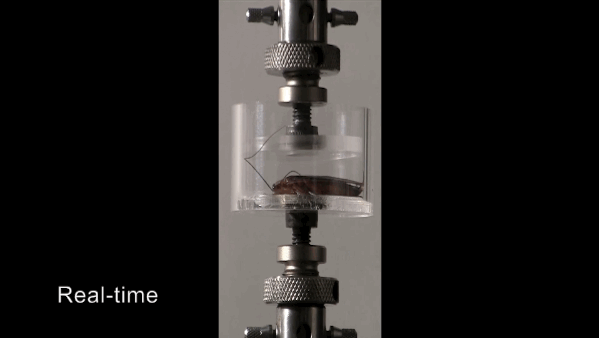
Researchers at UC Berkeley are building a robot designed to scamper through tight spaces with articulated movement similar to that of a cockroach. This project, partially funded by the US Army, is the first step in creating a highly effective search-and-rescue robot.
The robot, called CRAM, has a jointed exoskeleton and a soft shell that allow it to move through spaces previously unreachable by modern tools. “[Cockroaches] are great at revealing nature’s secrets about design,” said Robert Full — one of the scientists involved in the build — in a comment to The Verge.
Roaches — even robot roaches — make a great choice for missions like these. They can travel through spaces as small as 3mm and their exoskeletons can withstand a force equivalent to 900 times their body weight.

Using cockroaches in search and rescue missions isn’t new. In fact, a separate team of researchers at UC Berkeley had previously designed a robot roach called, VelociRoACH, which wasn’t quite as advanced as the CRAM design.
In 2014, North Carolina University experimented with live roaches, equipping them with tiny microphones and cameras to aid rescuers efforts in searching disaster rubble.
CRAM is still just a prototype but researchers plan to keep testing components and ways to add a wider range of movement, such as the ability to jump, turn and climb.
➤ This robot cockroach could eventually help search-and-rescue teams [The Verge]
Get the TNW newsletter
Get the most important tech news in your inbox each week.




